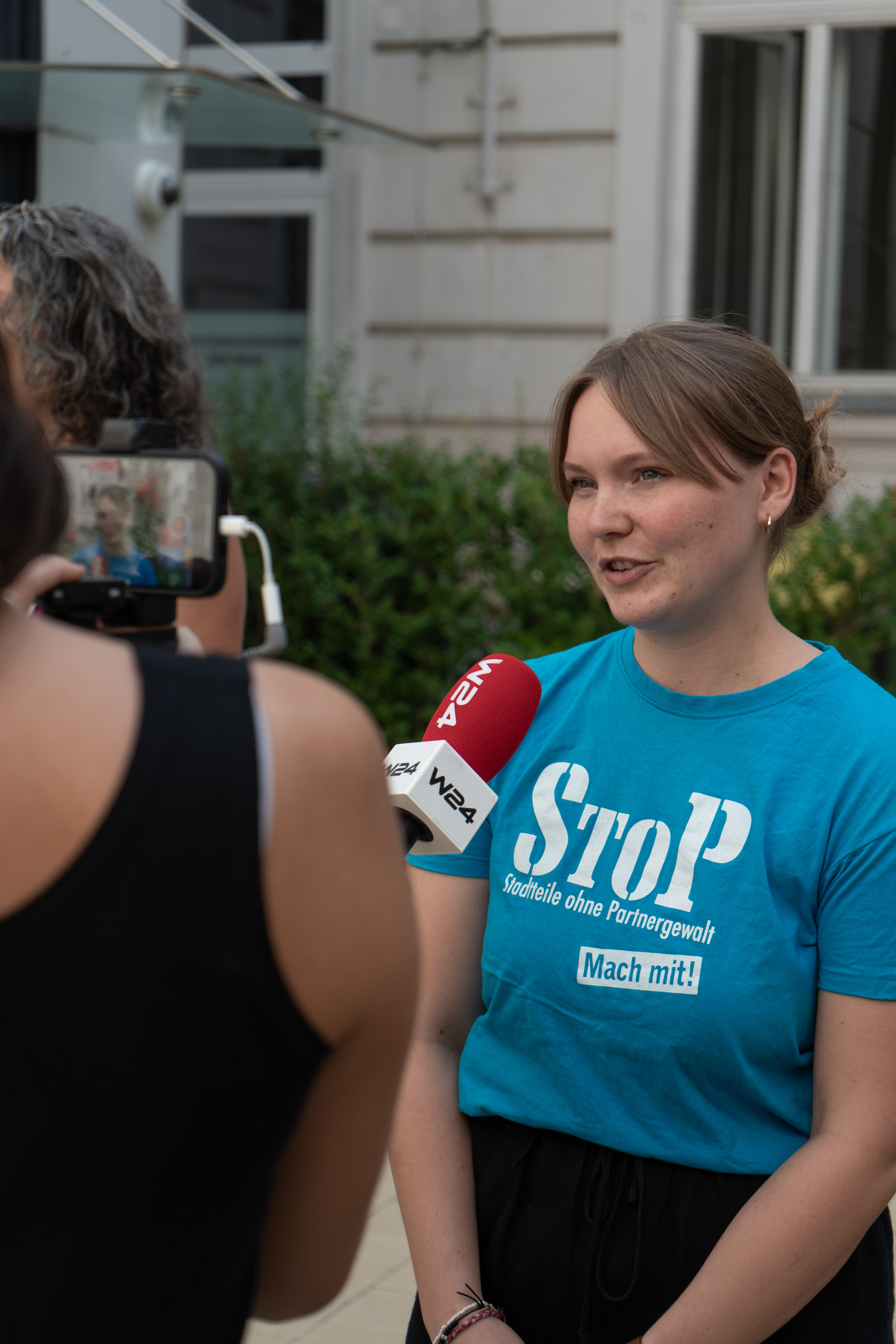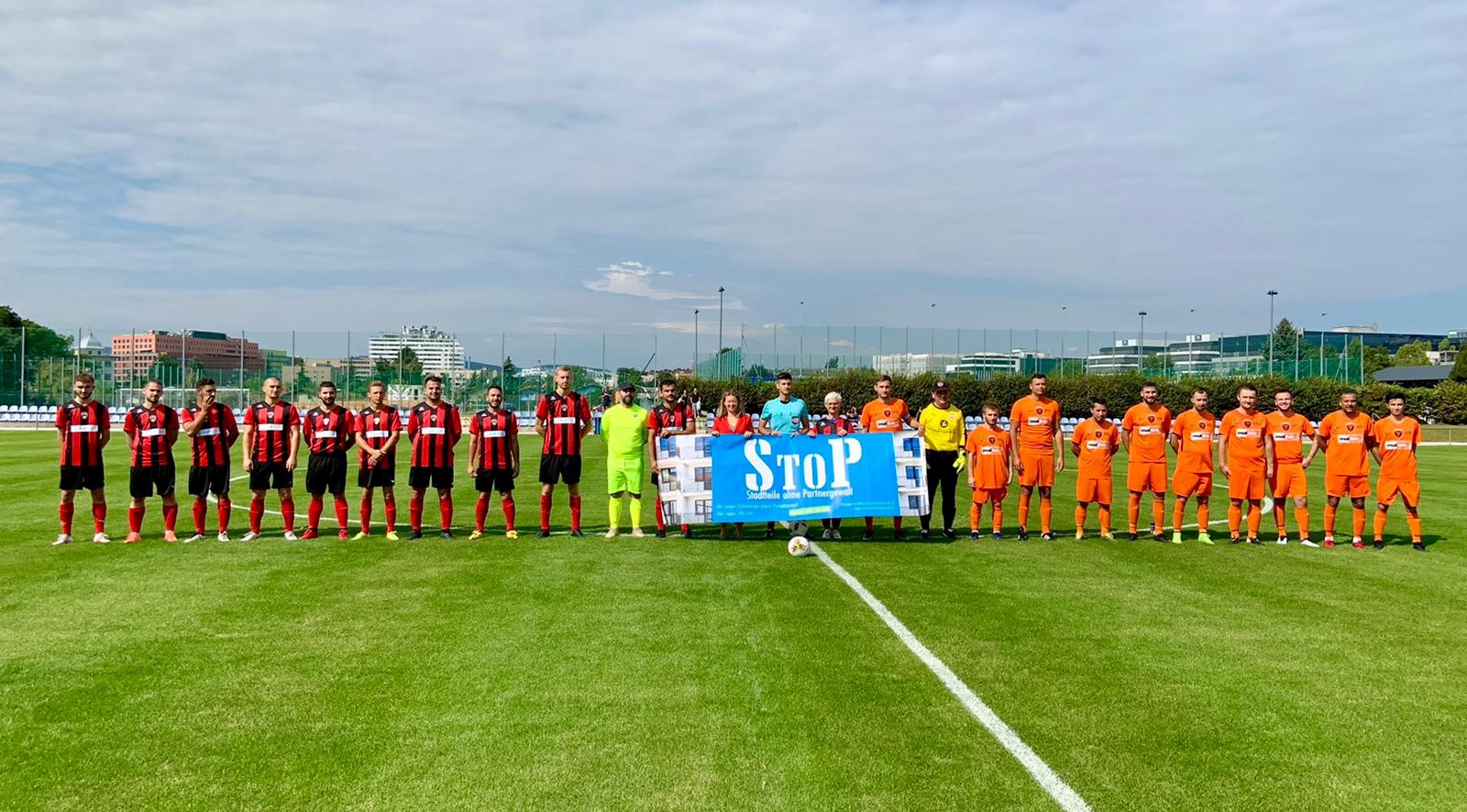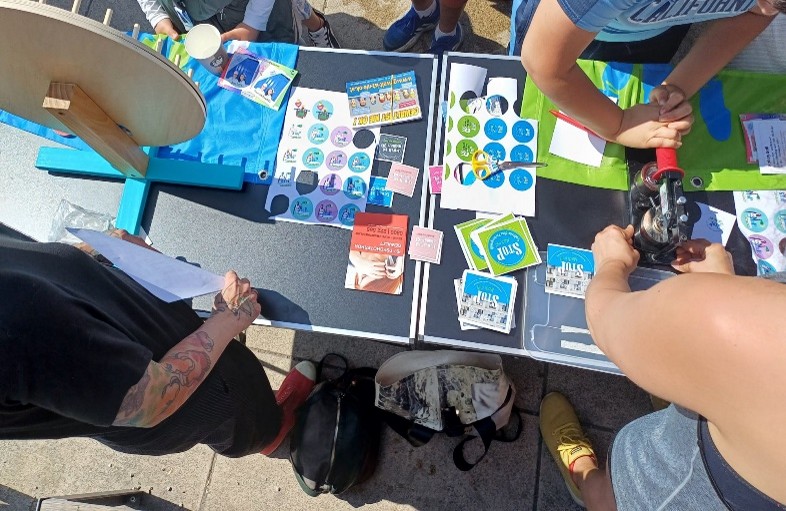Networking at the level of local communities has always been an inherent part of community organising, and that’s the same with StoP. In most cases, there are already a large number of civil society organisations, sports clubs, cultural centres, housing associations, social institutions or sometimes district councils in which citizens and representatives from politics, authorities and business, associations and organisations come together. They represent a committed public and their members are usually opinion leaders and key figures in the neighbourhood. You have probably met many of them through the community assessment in the second step, even done one on ones.
It is not primarily a question of creating another additional structure around StoP, but of using the existing platforms, associations and meetings. It makes sense to use these as a forum to 'mainstream' the issue of partner violence, to raise interest and to find allies. The topic of domestic violence/partner violence certainly offers points of contact with the fields of work of other institutions or groups such as family support, school violence prevention, the housing association, the local hospital or the local peace initiative. However, it is not usually the subject of dialogue within the district. Since StoP was established, this has changed in the respective neighbourhoods.

Example
In Hamburg Steilshoop a small network was established from the outset, as described in Step 1, but most of the other StoP projects also work in a network of organisations from the very beginning, which increases their broad impact. Before the StoP community group was organised, and in parallel with the activities, presentations and discussions about the StoP model and local implementation took place in central neighbourhood committees and social institutions in the district. This proved to be very beneficial, as the establishment of a new project in times of tight funding can create fears and competition between existing organisations and social institutions. The workshops offered by StoP were very well received; it was clear that many organisations had already been working on the issue and were eager for information and grateful for support.









